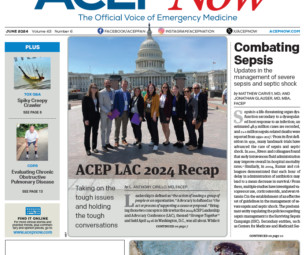The Definitive Analysis of Observational Studies
Sensible Medicine
APRIL 29, 2024
This came as a shock to me. In this section, they documented the variations in analytic method (for instance, the choice of model and co-variates). Then they applied the specification curve analysis to one specific database—the NHANES (National Health and Nutrition Examination Survey) from 2007 to 2014.



























Let's personalize your content